Home>Furniture>Outdoor Furniture>How To Keep My Patio Umbrella From Blowing Over


Outdoor Furniture
How To Keep My Patio Umbrella From Blowing Over
Modified: August 23, 2024
Learn how to keep your outdoor furniture, including your patio umbrella, from blowing over with these helpful tips and techniques.
(Many of the links in this article redirect to a specific reviewed product. Your purchase of these products through affiliate links helps to generate commission for Storables.com, at no extra cost. Learn more)
Introduction
When it comes to creating an inviting outdoor space, a patio umbrella is a must-have accessory. It provides shade and protection from the elements, allowing you to enjoy your patio or deck all year round. However, one of the biggest challenges many people face is keeping their patio umbrella from blowing over on windy days.
In this article, we will discuss various strategies and tips for securing your patio umbrella and preventing it from toppling over. By implementing these techniques, you can ensure that your outdoor umbrella stays in place, providing you with shade and comfort for years to come.
Before we delve into the solutions, it’s important to assess the current state of your patio umbrella. Check for any signs of wear and tear, such as a weakened frame or torn fabric. If you notice any issues, it may be time to consider purchasing a new umbrella that is designed to withstand wind and other outdoor elements.
Next, let’s explore the different factors to consider when choosing a sturdy umbrella base.
Key Takeaways:
- Choose a sturdy umbrella base with sufficient weight and durable materials to prevent your patio umbrella from blowing over in windy conditions. Secure the umbrella pole using center pole inserts, tie-down straps, anchor systems, or weights for added stability.
- Regularly maintain your patio umbrella through cleaning, storage, inspections, and replacing worn parts to ensure its stability, durability, and overall performance. Position the umbrella strategically and follow manufacturer’s instructions for specific maintenance recommendations.
Read more: How To Keep A Patio Heater From Blowing Over
Assessing Your Patio Umbrella
Before you embark on finding the perfect solution to keep your patio umbrella from blowing over, it’s essential to assess the overall condition and quality of your umbrella. This step will help you determine if your current umbrella is suitable for windy conditions or if you need to invest in a more durable option.
Start by examining the frame of the umbrella. Is it sturdy and in good shape? Look for signs of rust, corrosion, or any bolts or joints that may be loose. A weak or damaged frame can significantly increase the chances of your umbrella tipping over during windy weather. If you notice any issues with the frame, it’s advisable to replace the umbrella to ensure better stability.
Another critical aspect to evaluate is the fabric of the umbrella canopy. Is it in good condition, or is it worn out or torn? The fabric should be made from a durable and weather-resistant material that can withstand strong winds. If your umbrella canopy is showing signs of damage, it’s time to consider getting a replacement.
Lastly, consider the size and shape of your umbrella. Taller umbrellas or those with larger canopies are generally more prone to being affected by wind. If you live in an area with frequent gusty winds, you may want to opt for a smaller or lower-profile umbrella that is less likely to catch the wind.
Once you have assessed the condition of your patio umbrella, you can move on to selecting a sturdy umbrella base that will provide the necessary stability.
Choosing a Sturdy Umbrella Base
Selecting the right umbrella base is crucial for keeping your patio umbrella secure and stable. The base is responsible for providing the necessary weight and support to prevent the umbrella from tipping over in windy conditions. Here are some factors to consider when choosing a sturdy umbrella base:
- Weight: The weight of the base is key to keeping your umbrella grounded. Generally, the heavier the base, the more stable it will be. Aim for a base that is at least 50 pounds for a standard-sized umbrella. For larger umbrellas or windier areas, you may need a base weighing 75 pounds or more.
- Material: The material of the base should be durable and weather-resistant. Common options include plastic, concrete, metal, or a combination of materials. Concrete or metal bases tend to provide the best stability but may be heavier and more challenging to move.
- Size and Shape: Ensure that the base is compatible with the size and shape of your umbrella pole. Most bases will have an adjustable opening or adapter to accommodate different pole diameters. Additionally, consider the shape of the base, such as round, square, or rectangular. A larger base with a broader surface area will offer better stability.
- Portability: If you frequently move your umbrella or need to store it during certain seasons, consider a base with built-in wheels or handles for easier transportation. This feature will allow you to move the umbrella more conveniently without compromising stability when in use.
- Add-Ons: Some umbrella bases come with additional features, such as a table or storage compartments. These can be useful for maximizing the functionality of your outdoor space but should not compromise the stability of the base.
By choosing a sturdy umbrella base that meets these criteria, you can provide a solid foundation for your patio umbrella, significantly reducing the risk of it toppling over in strong winds. However, securing the pole of the umbrella is equally important, and we will discuss various techniques in the next section.
Securing the Umbrella Pole
In addition to choosing a sturdy umbrella base, properly securing the umbrella pole is crucial for preventing your patio umbrella from blowing over. Here are several techniques to ensure the pole remains stable:
- Center Pole Insert: Some umbrella bases come with a center pole insert that provides extra stability. This insert helps secure the pole in place and prevents it from swaying or tipping over during windy conditions.
- Tie-Down Straps: Utilizing tie-down straps can help secure the umbrella pole to nearby structures, such as deck or patio railings. You can loop the straps around the pole and affix them tightly to the railing, ensuring that the umbrella remains in place even in strong winds.
- Anchor Systems: Consider using anchor systems designed specifically for securing patio umbrellas. These systems typically include stakes or screws that can be driven into the ground or attached to a solid surface. The umbrella pole can then be fastened to these anchors, providing additional stability.
- Sandbags or Weights: Another effective method to secure the umbrella pole is by using sandbags or weights. Simply attach them to the base or hang them from the umbrella frame to add extra counterweight. This helps prevent the umbrella from being easily upturned by strong gusts of wind.
- Umbrella Pole Support: For particularly windy areas, you may want to consider using an umbrella pole support. These supports are designed to reinforce the center pole and provide additional strength and stability to the entire umbrella structure.
By implementing one or more of these techniques to secure the umbrella pole, you can significantly reduce the risk of your patio umbrella blowing over during windy conditions. However, if you are looking for a more wind-resistant umbrella option, there are specialized designs available as well, as we will discuss in the next section.
Using Wind-Resistant Umbrellas
If you live in an area prone to strong winds, investing in a wind-resistant umbrella can be a wise choice. Wind-resistant umbrellas are specifically designed to withstand gusty conditions and can greatly reduce the risk of your umbrella blowing over. Here are some features to look for in a wind-resistant umbrella:
- Flexible Ribs: Wind-resistant umbrellas often have flexible ribs made from materials like fiberglass or aluminum. These ribs can bend and flex with the wind, reducing the chances of the umbrella inverting or breaking during strong gusts.
- Vented Canopy: A vented canopy is a common feature of wind-resistant umbrellas. It allows air to pass through the umbrella, reducing wind resistance and preventing the umbrella from being lifted or blown away. Look for umbrellas with multiple vents for optimal wind resistance.
- Sturdy Frame: A wind-resistant umbrella should have a robust and durable frame. Consider umbrellas with reinforced joints and strong metal components to ensure stability and longevity.
- Quality Fabric: The fabric of the umbrella canopy is also important. Look for materials that are specifically designed to be wind-resistant and durable, such as solution-dyed acrylic or polyester. These fabrics are less likely to tear or break under windy conditions.
- Size and Shape: The size and shape of the umbrella can also affect its wind resistance. Smaller, more compact umbrellas or those with a streamlined shape tend to fare better in the wind compared to larger, bulkier ones.
- Professional Installation: If you opt for a large, commercial-grade umbrella, it may require professional installation. This ensures that the umbrella is properly secured and can withstand even the strongest winds.
While wind-resistant umbrellas can provide added protection against gusty conditions, it’s still important to follow proper anchoring and securing techniques, as mentioned earlier. Combining a wind-resistant umbrella with a sturdy base and secure pole attachment will provide the best defense against tipping over in windy weather.
In the next section, we will explore additional measures you can take to enhance the stability of your patio umbrella: adding weight to the base and using wind guards or umbrella covers.
Use a heavy umbrella base or anchor it with sandbags to keep it from blowing over. You can also tilt the umbrella slightly into the wind to reduce the chance of it tipping.
Read more: How To Keep A Patio Umbrella From Spinning
Adding Weight to the Umbrella Base
One effective strategy for keeping your patio umbrella from blowing over is to add weight to the base. By increasing the overall stability of the umbrella, you can minimize the risk of it toppling over in windy conditions. Here are several ways to add weight to your umbrella base:
- Sandbags or Bricks: Placing sandbags or bricks on top of or inside the base can significantly increase its weight and stability. These heavy objects help anchor the umbrella and prevent it from being easily knocked over by wind gusts.
- Water Filled Ballast: Some umbrella bases are designed with water reservoirs that can be filled to add weight. This option provides a convenient and portable solution, as you can easily drain the water if you need to move or store the umbrella.
- Concrete Blocks or Pavers: Using concrete blocks or pavers as a weight option offers excellent stability. Simply stack these heavy objects on or around the base of your umbrella to add substantial weight and prevent tipping over.
- Specialty Weights: There are specially designed weights available in the market that can be attached to the base of your umbrella. These weights are often filled with concrete or sand and are designed to fit securely around the base, providing additional stability.
- Custom-Made Base: If you find that the weight provided by standard umbrella bases is insufficient, you can consider investing in a custom-made base. These bases can be built to your specifications and designed with the necessary weight and dimensions to withstand even the strongest winds.
Remember to distribute the weight evenly to maintain balance and stability. Additionally, ensure that the weight you add does not obstruct the movement or functionality of the umbrella, and take necessary precautions to secure the weights in place to prevent accidents or damage.
In the next section, we will explore the use of wind guards or umbrella covers as additional measures to secure your patio umbrella and protect it from strong winds.
Using Wind Guards or Umbrella Covers
Wind guards or umbrella covers can provide an extra layer of protection and stability for your patio umbrella, especially during windy conditions. These accessories are specifically designed to minimize the impact of wind and prevent the umbrella from being blown over. Here are some options to consider:
- Wind Guards: Wind guards are attachments that can be placed around the lower portion of the umbrella canopy, usually near the ribs. These guards create a barrier that redirects the wind, reducing the force exerted on the umbrella. They help to effectively distribute wind pressure and prevent the umbrella from flipping inside out or becoming unstable.
- Umbrella Covers: Umbrella covers offer protection not only from wind but also from other outdoor elements such as sun, rain, and dirt. When not in use, covering your umbrella with a durable, weather-resistant cover can help extend its lifespan and shield it from strong winds that could potentially cause damage.
- Umbrella Ties or Straps: Consider using ties or straps to secure the fabric of the umbrella to the frame. These straps help keep the canopy tightly attached to the ribs, minimizing the chances of it being dislodged or blown away in gusty conditions.
- Reinforced Seams and Stitching: When choosing an umbrella cover or wind guard, look for reinforced seams and stitching. This extra reinforcement can enhance the durability and strength of the accessory, making it more resistant to tearing or coming loose during high winds.
- Detachable or Adjustable Components: Some wind guards or umbrella covers come with detachable or adjustable components. These features allow you to customize the protection based on the wind conditions. For example, you can remove or adjust the wind guards based on the wind speed or remove part of the cover if only partial protection is needed.
Using wind guards or umbrella covers, either separately or in combination, can offer an extra layer of defense against strong winds. These accessories not only help secure your patio umbrella but also protect it from potential damage caused by wind-blown debris or harsh weather conditions.
In the next section, we will discuss strategies for positioning your umbrella strategically to further improve its stability and wind resistance.
Positioning the Umbrella Strategically
Proper positioning of your patio umbrella can play a significant role in ensuring its stability and wind resistance. By strategically placing the umbrella, you can minimize the impact of wind gusts and maximize its overall stability. Here are some tips for positioning your umbrella:
- Sheltered Area: Look for a location on your patio or deck that offers some natural protection from wind, such as against a wall or near tall hedges or trees. These features can act as a windbreak and help reduce the force of the wind on your umbrella.
- Distance from Structures: It’s important to ensure that your umbrella is not positioned too close to walls, fences, or other structures that can create turbulence or redirect wind towards the umbrella. Leaving a sufficient gap between the umbrella and any nearby structures can minimize the impact of wind gusts.
- Angle Adjustment: Adjusting the angle of your umbrella can also help improve its stability. Tilt the umbrella slightly against the prevailing wind direction, which allows the wind to pass through the canopy rather than catching it like a sail. This reduces the risk of the umbrella getting dragged or overturned by strong gusts.
- Height Considerations: Bear in mind the height of surrounding structures or trees when positioning your umbrella. Low-hanging branches or nearby buildings can create wind tunnels, causing the wind to swirl and potentially destabilize the umbrella. Avoid these areas and choose a spot where the umbrella can benefit from a more consistent wind flow.
- Use of Windbreaks: If your patio or deck lacks natural windbreaks, consider creating your own. Use features like outdoor curtains, privacy screens, or even strategically placed furniture to create a wind shield around the umbrella. This can help redirect or block the wind, providing a more stable environment for your umbrella.
By taking these positioning strategies into account, you can optimize the stability and wind resistance of your patio umbrella. Remember to assess the positioning regularly, as changes in landscaping or structures can affect wind patterns over time.
In the next section, we will discuss the importance of regular maintenance to ensure the longevity and continued performance of your patio umbrella.
Maintaining Your Patio Umbrella
Proper maintenance is essential for keeping your patio umbrella in optimal condition and ensuring its longevity. By implementing regular maintenance routines, you can prevent damage and extend the lifespan of your umbrella. Here are some maintenance tips to consider:
- Cleaning: Regularly clean your umbrella to remove dirt, dust, and debris that can accumulate on the fabric. Use a mild detergent, water, and a soft brush or cloth to gently scrub the surface. Rinse thoroughly and allow the umbrella to dry completely before closing or storing it.
- Storage: During periods of extended non-use or inclement weather, it’s important to store your patio umbrella properly. Consider using a protective cover or storing it in a dry and sheltered location, such as a garage or shed. This helps prevent damage from UV rays, rain, and wind.
- Inspect for Damage: Regularly inspect your umbrella for any signs of wear and tear, such as loose fittings, rusted components, or tears in the fabric. Address these issues promptly to prevent further damage and ensure the umbrella’s stability and functionality.
- Frame Maintenance: If your umbrella has a metal frame, periodically check for signs of rust or corrosion. Use a rust remover or a mixture of baking soda and water to gently scrub away any rust spots. Apply a protective coating or wax to prevent future corrosion.
- Replace Worn Parts: If you notice any damaged or worn-out parts, replace them as soon as possible. This includes broken ribs, loose bolts, or damaged mechanisms. Keeping your umbrella in optimal condition ensures its stability and performance.
- Follow Manufacturer’s Instructions: Always refer to the manufacturer’s instructions and guidelines for specific maintenance recommendations. Each umbrella may have different care requirements based on its design, materials, and features.
By following these maintenance tips, you can keep your patio umbrella in excellent shape and maximize its performance for years to come. Regular inspection and care will help identify and address any potential issues before they become more significant problems.
With proper maintenance and the implementation of the strategies discussed in this article, you can ensure that your patio umbrella remains secure and stable, providing you with the shade and comfort you desire.
Conclusively, taking steps to secure your patio umbrella is crucial to prevent it from blowing over in windy conditions and protect it from potential damage. Assessing the condition of your umbrella, choosing a sturdy base, securing the umbrella pole, using wind-resistant umbrellas, adding weight to the base, using wind guards or umbrella covers, positioning the umbrella strategically, and maintaining the umbrella through regular cleaning and inspections are all vital aspects of keeping your patio umbrella stable and functional.
Read more: How To Keep Patio Curtains From Blowing
Conclusion
Securing your patio umbrella is essential to ensure its stability and prevent it from blowing over during windy conditions. By implementing the strategies and techniques discussed in this article, you can enjoy a worry-free outdoor experience while protecting your umbrella from potential damage. Here’s a quick recap of the key points:
Start by assessing the condition of your patio umbrella, ensuring that the frame and fabric are in good shape. If necessary, invest in a wind-resistant umbrella designed to withstand gusty conditions. Choose a sturdy umbrella base with sufficient weight and durable materials. Secure the umbrella pole using center pole inserts, tie-down straps, anchor systems, or weights.
Consider adding additional weight to the base using sandbags, bricks, or water-filled ballasts. Utilize wind guards or umbrella covers to provide an extra layer of protection and stability. Position the umbrella strategically, considering sheltered areas, distance from structures, and wind direction. Regularly maintain your umbrella through cleaning, storage, inspections, and replacing worn parts.
Remember to refer to the manufacturer’s instructions for specific maintenance recommendations and guidelines. By following these steps, you can enhance the stability, durability, and overall performance of your patio umbrella.
Creating a comfortable and inviting outdoor space is a wonderful way to enjoy the outdoors, and your patio umbrella is a key component of that experience. By taking the necessary measures to secure and maintain your umbrella, you can relax and unwind without constantly worrying about it toppling over in the wind.
So, go ahead and implement these strategies to keep your patio umbrella in place and enjoy many seasons of shade and relaxation in your outdoor haven.
Frequently Asked Questions about How To Keep My Patio Umbrella From Blowing Over
Was this page helpful?
At Storables.com, we guarantee accurate and reliable information. Our content, validated by Expert Board Contributors, is crafted following stringent Editorial Policies. We're committed to providing you with well-researched, expert-backed insights for all your informational needs.
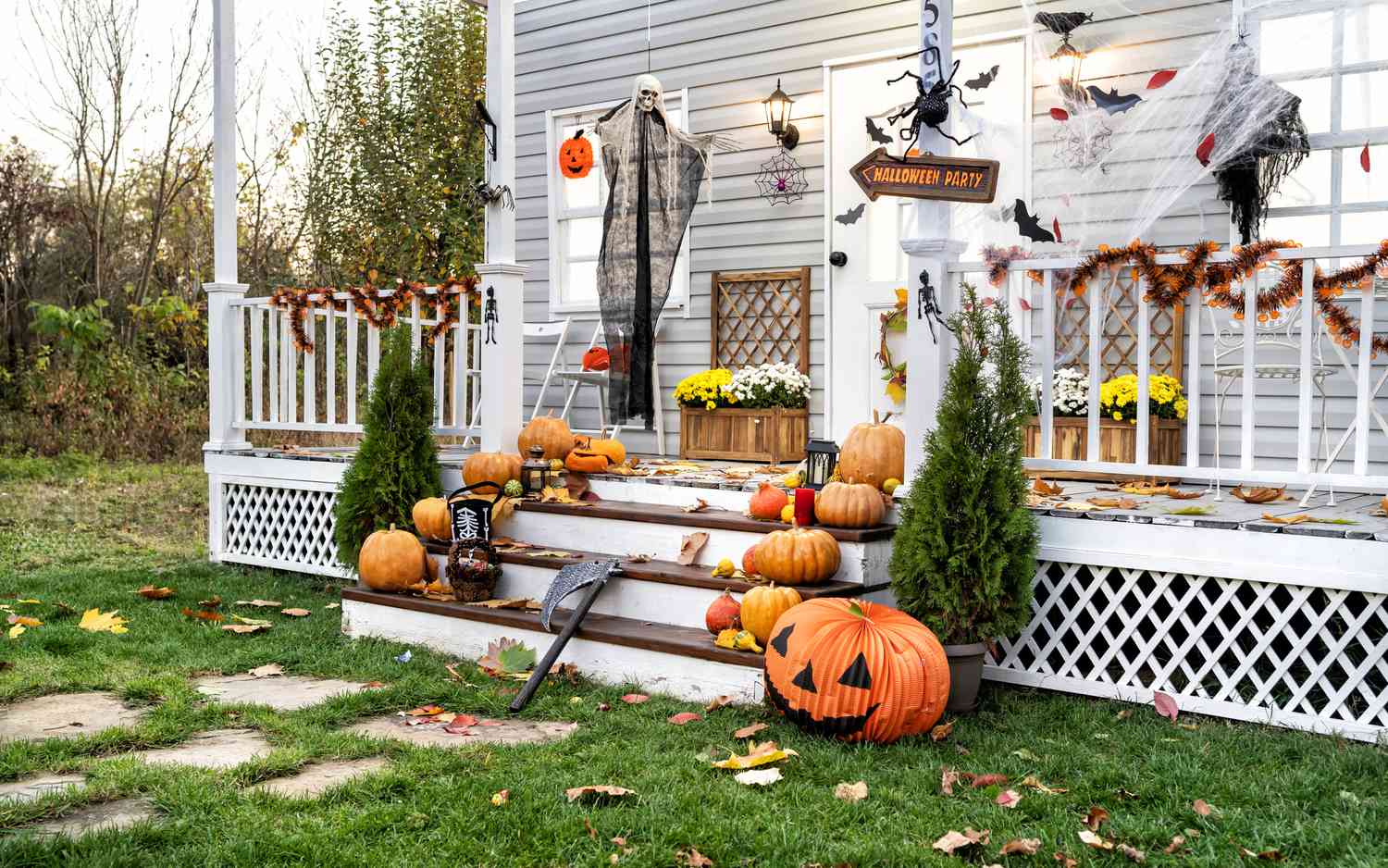







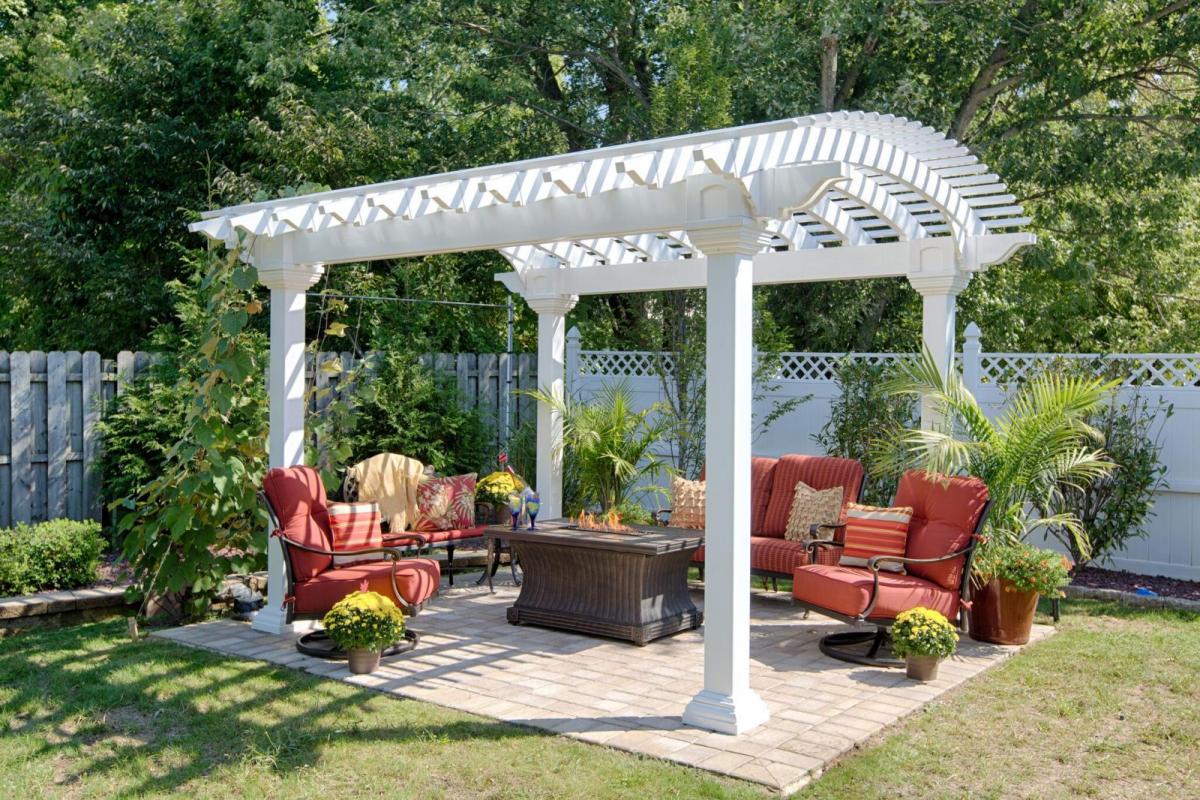
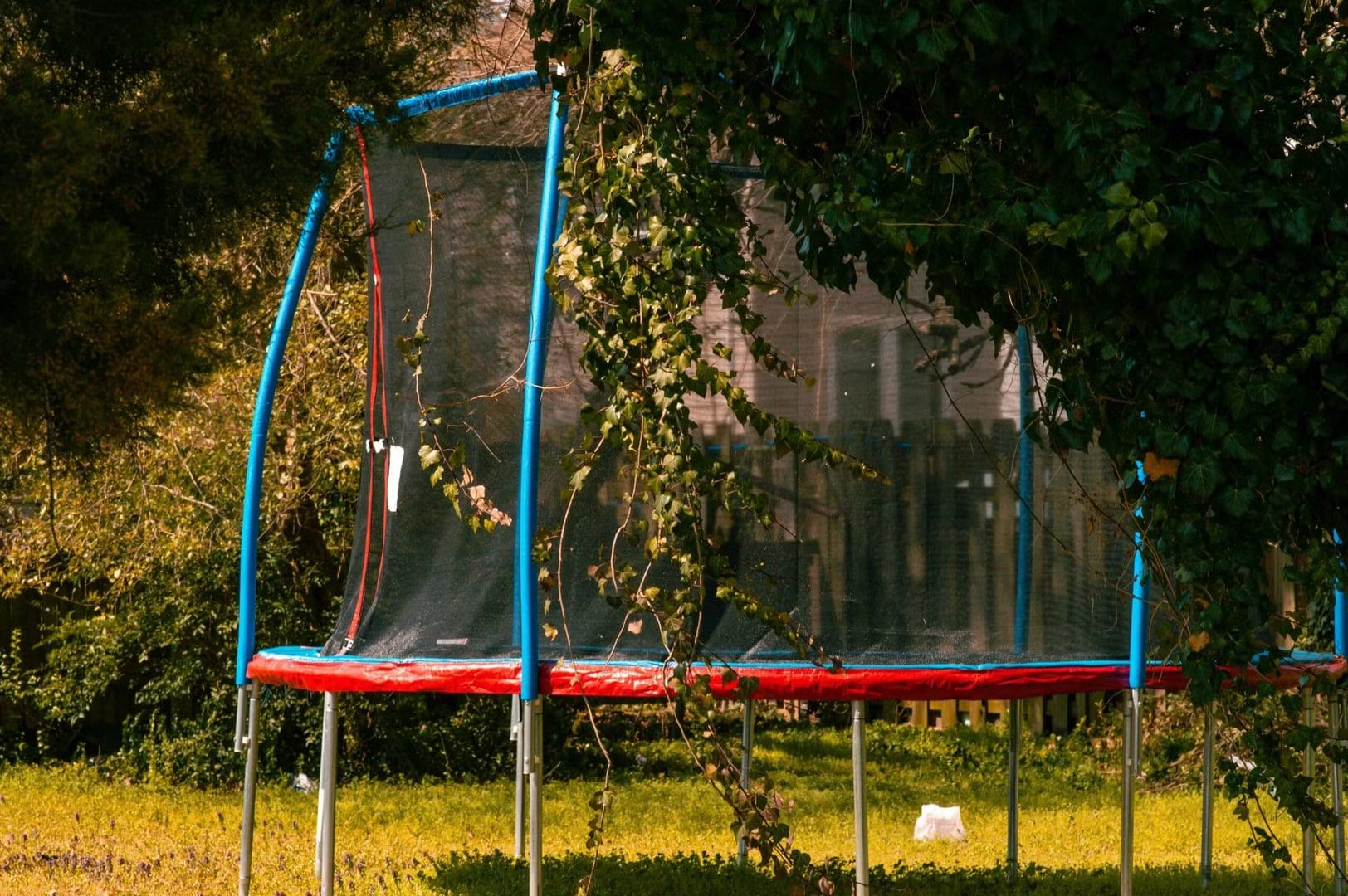
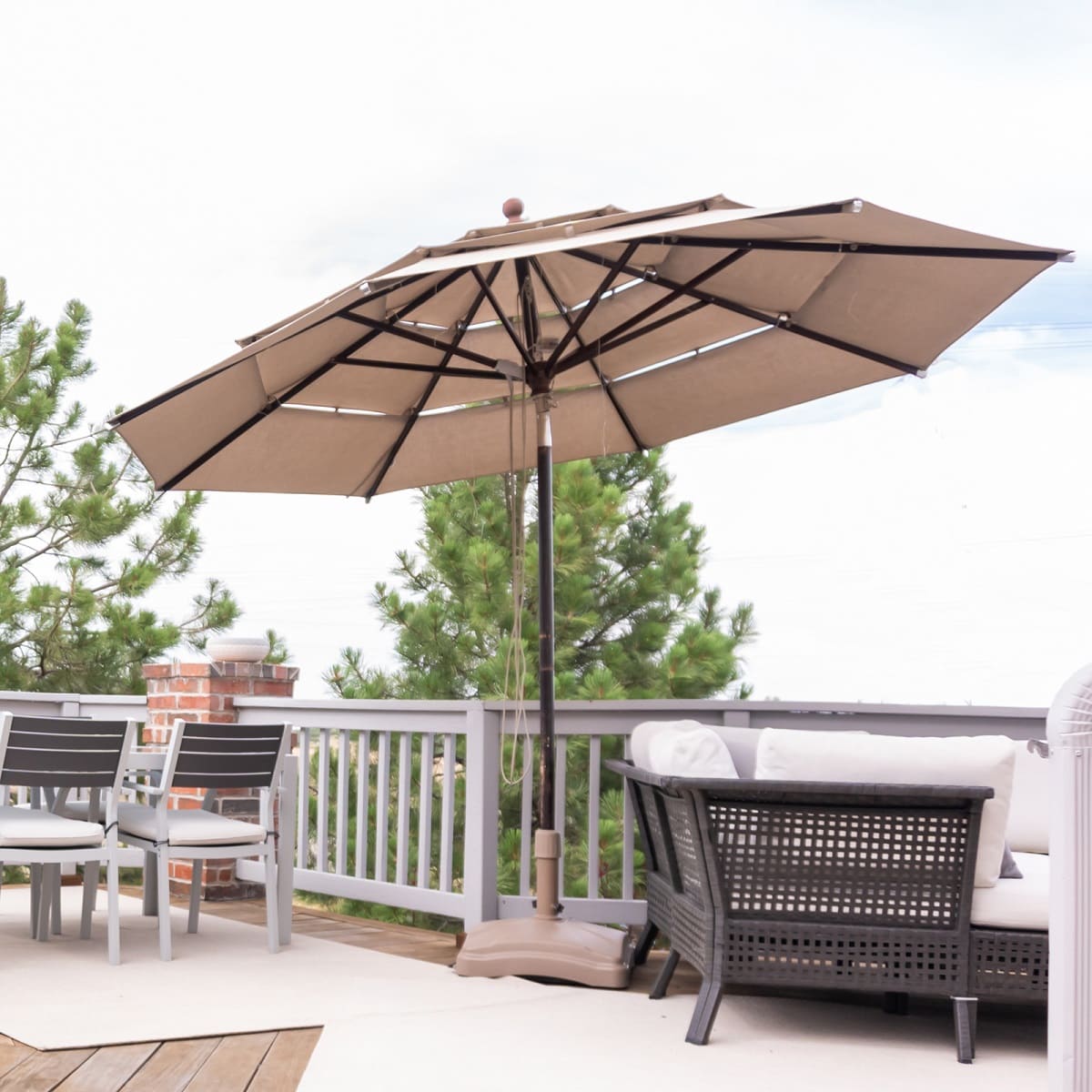
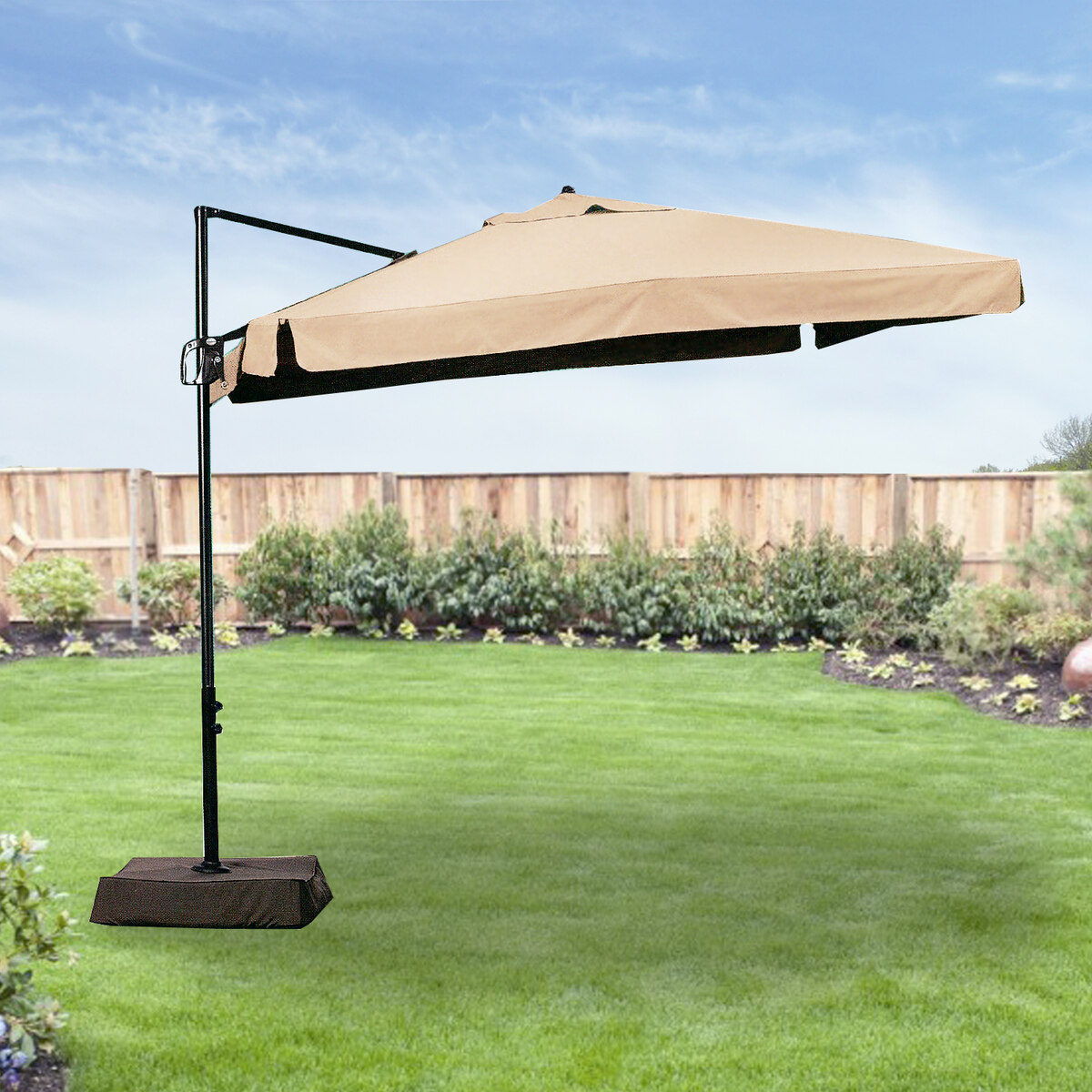
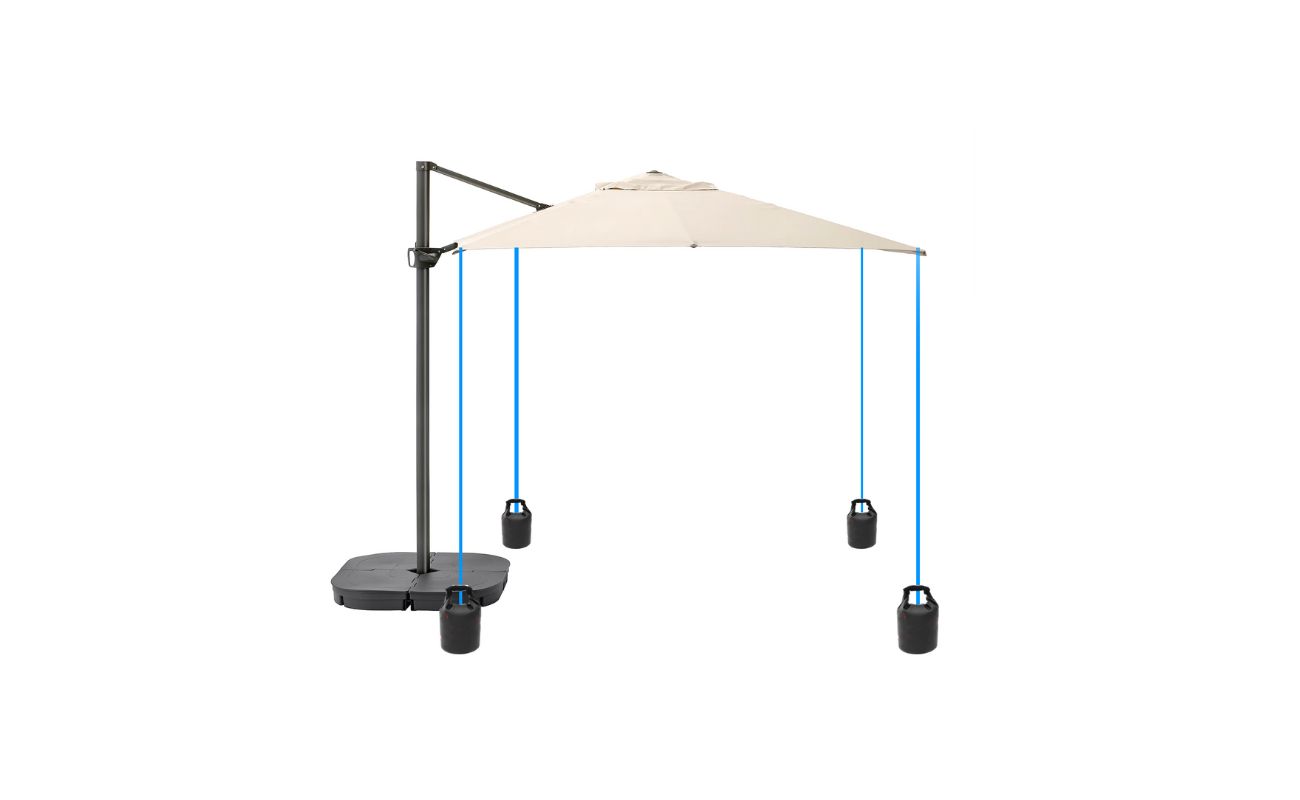

0 thoughts on “How To Keep My Patio Umbrella From Blowing Over”